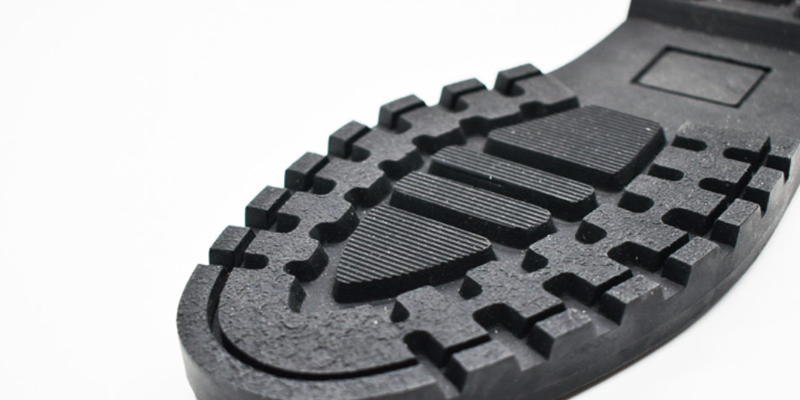Polyurethane catalysts, such as MXS-6 (DC-193), are pivotal in the production of polyurethane (PU) soles, a cornerstone in the footwear industry. These catalysts, including industry-standard, general-purpose silicone surfactants, are essential for creating rigid polyurethane foam applications, particularly in the manufacturing of footwear. They play a crucial role in enhancing the properties of PU soles, making them suitable for various types of footwear including casual shoes, safety boots, and athletic footwear.
The primary function of polyurethane catalysts is to accelerate the chemical reaction between isocyanates and polyols, which forms polyurethane. This reaction is essential in creating the foam structure of PU soles, imparting them with unique properties such as durability, elasticity, and shock absorption. MXS-6 (DC-193), being a silicone surfactant, helps stabilize the foam structure, ensuring consistent quality and performance of the PU soles.
In casual footwear, polyurethane soles offer unmatched comfort and flexibility. The catalyst’s role in ensuring a smooth and consistent foam structure translates to soles that provide a leather-like elasticity and a smooth surface. This results in shoes that are not only comfortable for extended wear but also aesthetically pleasing, catering to the style and comfort needs of casual shoe wearers.
For safety boots, the robustness and shock-absorbing qualities of polyurethane soles are crucial. The catalysts ensure that the PU soles have a resilient foam structure capable of withstanding harsh conditions and protecting the wearer’s feet. The shock-absorbing ability provided by the catalysts helps reduce the impact on the feet and joints, which is particularly important for individuals working in demanding environments. This protection, combined with the durability of PU soles, makes safety boots reliable and long-lasting.
Athletic footwear demands superior performance characteristics, which are significantly enhanced by polyurethane catalysts. The flexibility and cushioning provided by the PU soles are vital for athletic shoes, offering better support and reducing the impact on the feet during high-intensity activities. Catalysts like MXS-6 (DC-193) ensure that the soles maintain their structure and performance, even under the rigorous conditions of athletic use.
Moreover, polyurethane soles produced with these catalysts are lightweight, adding to the comfort and performance of the footwear. This lightweight nature is beneficial across all types of footwear, from casual to athletic and safety shoes, reducing fatigue and enhancing the overall wearing experience.
In summary, polyurethane catalysts like MXS-6 (DC-193) are integral to the production of high-quality PU soles used in a variety of footwear applications. They ensure the durability, comfort, shock absorption, and lightweight properties of the soles, meeting the diverse needs of footwear manufacturers and consumers. The use of these catalysts in the production process leads to superior footwear products that cater to casual wearers, athletes, and individuals requiring safety footwear, solidifying polyurethane’s position as a material of choice in the footwear industry.
Post time: Aug-01-2024

